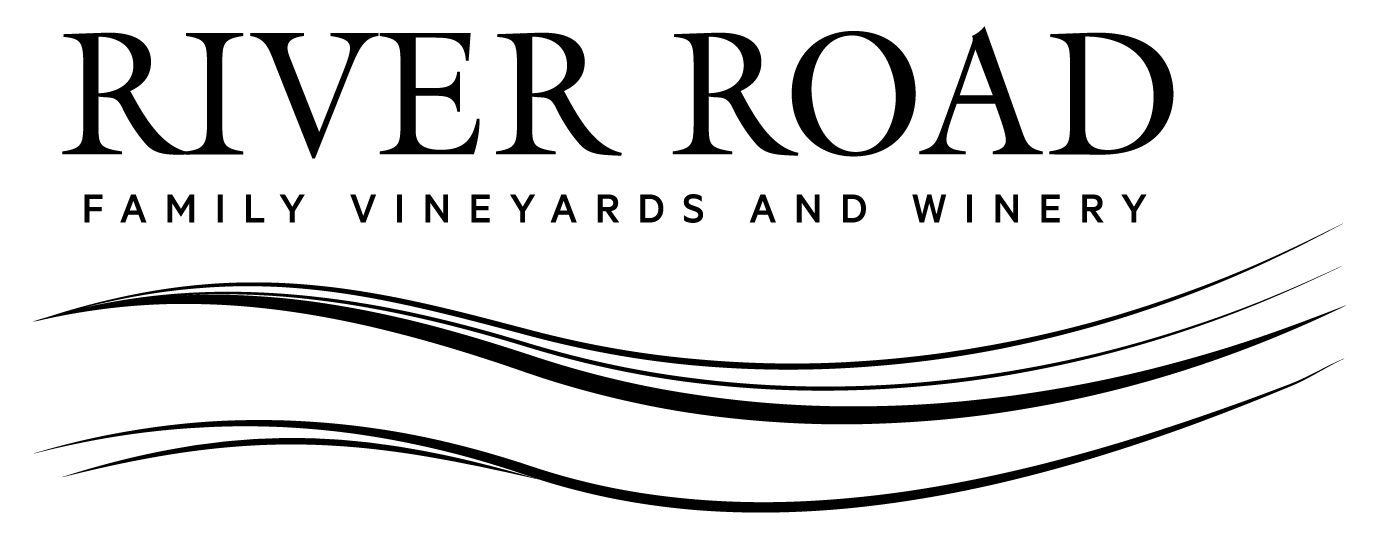Waiting on Spring
Even though Spring officially started on Wednesday, March 20th we are all waiting for it to “feel” like Spring. According to our rain gauges in the vineyard, during the month of March we received an additional twelve inches of rain on top of the thirty-four inches received thus far. We are now officially way over the historical average of thirty-six inches with a whopping total of forty-six inches of rain! All this precipitation has really been a relief coming off two of the driest years on record. One amazing aspect of these recent storms in Sonoma County is that they have been relativity even and spread out. We have seen a lot of localized flooding and other storm related issues but the Russian River has yet to officially reach “flood stage’’. This has been a huge relief for many communities that thrive along the Russian River where flooding can cause irreparable damages to their homes and lives. Across Sonoma County the colder weather has delayed bud break to be on the later side of the norm, which is a welcome change from the early bud break a lot of vineyards encountered last year partially due to the dry winter. Early bud break leaves the young buds very susceptible to freezing nighttime temperatures encountered throughout March and into April. In fact, early frost damage to vines was a major factor that led to the smaller harvest the county experienced in 2022. In addition to the vines being protected from freezing temps in March, bud break being later this year could bode well for wine quality. It has the potential to push our grape harvest to a later date and give the grapes a few more precious days of hang time on the vine, which will lead to greater concentration of aroma and flavors in the finished wine.
Now that the new buds are about to emerge, we are on high alert for potential frost damage if the nighttime temperatures drop below 32 degrees Fahrenheit. I am often asked how we protect the young shoots and buds from the freezing temperatures. There are three methods that are widely used around the world. The first method of lighting large candles or “bougies” in the vine rows has been used in Europe for decades, and is effective but very labor intensive. To effectively raise the temperature, you need a minimum of two hundred candles and if very cold, up to five hundred per hectare or two and a half acres. The two methods used in Sonoma County are the wind fan method and the water sprinkler method.

The wind fan method is widely used because it is convenient and doesn’t require a lot of resources to employ. Essentially large wind turbines are placed in or around the vineyard and are used to “stir” the cold air that settles low to the ground. The downside of this method is that it’s limited in its effectiveness. If the temperatures are too cold, you will just be pushing cold air around and the vines will still be damaged.

We use the water sprinkler method in our estate vineyard, it is the most effective method out of the three. To use this method, you must have access to water. We use recycled water sourced from our local water municipality, a huge advantage for us! The concept seems odd at first but it’s highly effective at protecting the buds. When the temperature is just above freezing, we turn on the sprinklers which douse the vines in water which then freezes and forms a thin layer of ice around the newly emerged buds. The buds are held in a cocoon of ice in which holds the temperature at thirty-two degrees and prevents them from getting colder. Under thirty-two degrees the vines would take damage, but this protective layer of ice keeps them just above the critical freezing point!
On behalf of the entire team here at Ron Rubin Winery, we wish you all continued good health!






